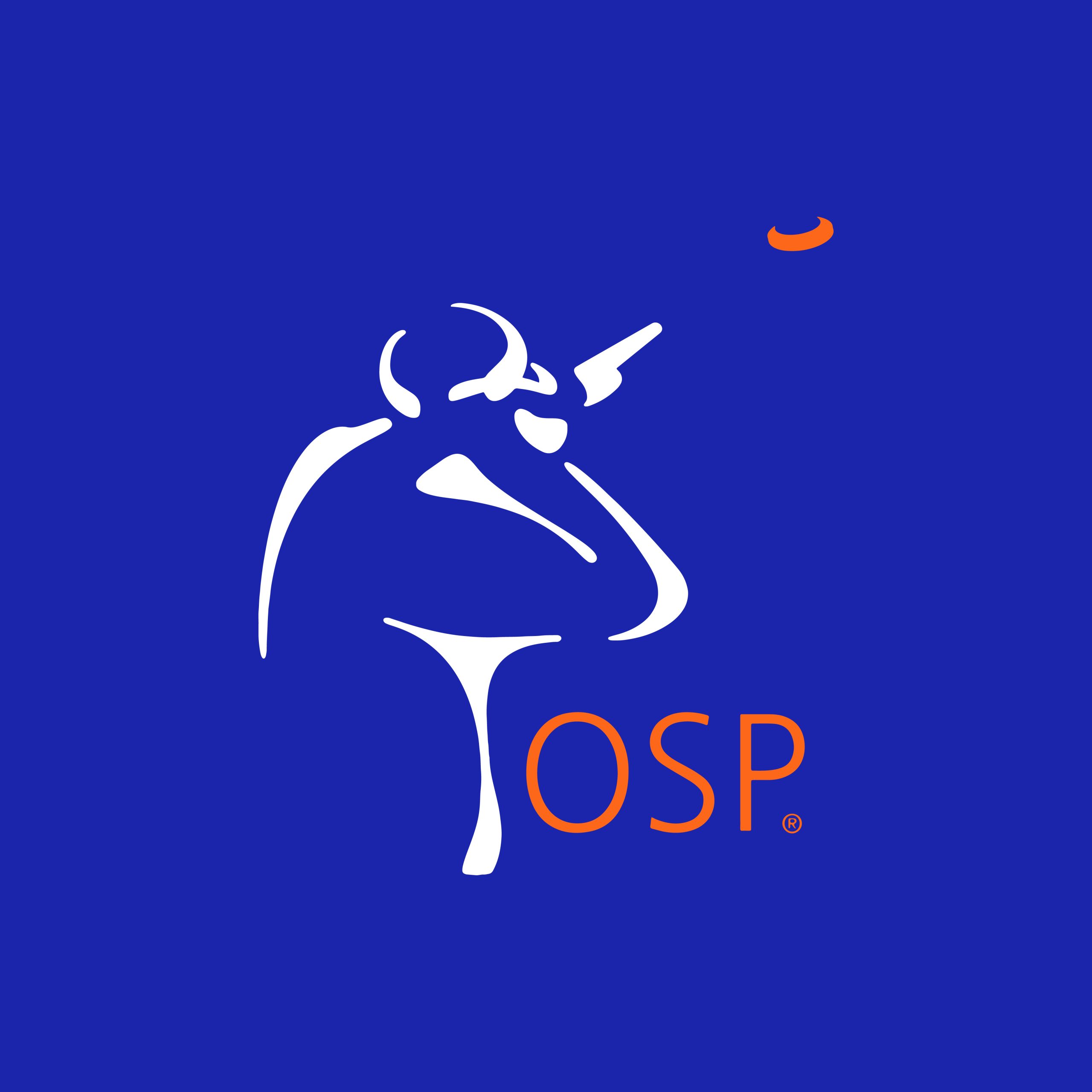Shooting at Nationals: Practice Pays Off
Shooting at Nationals: Practice Pays Off
The targets at Nationals were spot-on. There were no “gimmes.” Every target took work.
Everything we shot, from the main to the K-Kup to super sporting, all had phenomenal targets. They were a lot more difficult than I anticipated, but hey, it’s a national championship.
Overall, I think the scores were a little bit lower than the shoot director wanted them to be. All the targets were fair, but if you didn’t know what the target was doing in the breakpoint, you were not going to have a good day.
Day One
We started on the red course, and I started out awesome. My plans were great, every shot looked slow and big, and I was able to correct my misses. But by about station six, seven, or eight, something would happen. I just ran out of gas. Then I would break the first and second pairs, then have a dead lost or lost pair.
That was all on me, of course, because I just hadn’t trained enough to do it. It was a big awakening to me that I’m going to have to really put forth some effort to get in there to break four or five pairs in a row every single time.
Doss’ timing was off on the first course, which cost him a few birds. He started out the first day a little slow, but then everything started clicking for him. He had shot a lot more than I had, so he rocked and rolled. It was really fun to share that experience with him because when we shot the main, the two other guys on our squad didn’t show up, so it was just me and him.
We both learned a lot about the challenge move and the stroll and how we implemented that on every single target we shot. Without those two things, we would have shot a lot worse.
The last station was an easy rabbit target – so easy, in fact, that I missed three of them! If it wasn’t for that, I would have shot a great score.
On the orange course, we shot at the 3:30 rotation and it was hot as hell. I tried my best to stay out of the sun and drink lots of water.
All in all, it was a great day and I was happy with my performance. Since I’m not a tournament shooter anymore, it was a real wake-up call for me to see how exhausted I was after the first day of trying to make plans for the targets. Even though I got to practice about 500 targets before I went up there, I learned a lot about not being in physical and mental shooting shape.
Day Two
Next day was the 8:00 rotation on the green. I started out awesome – missed a couple just because I didn’t see them stable in the first half. Then I felt myself starting to count my misses. This led to a couple of unforced errors, especially on Station 7 on a big left-to-right which I’d never hit. That doesn’t happen very often.
When I would start out on all the mains, there was no target I couldn’t hit. All I was doing is seeing the bird. I knew what it was going to look like, and that every one of them was going to center punch and blow up.
But after station six or seven, I was kind of playing scared. I was going back to when I would pull the trigger. And that just comes from not shooting.
Doss was in the zone like I haven’t seen in a while. He put up a great score that morning. He also had a few misses that he shouldn’t have missed, but he was smooth as silk.
The yellow course was the hardest of them all. Because of the slow, subtle curving lines on every target, you had to really know what the target was doing in the breakpoint.
All told, we used the stroll and the challenge move 90 percent of the time. That made the fast targets slow down.
Lessons Learned: More Tournaments on the Horizon
My mental prep this year has been the best it’s ever been. But the problem is my brain just got tired of doing it, because I hadn’t done it enough. It just took a toll on me. And it was a great learning experience.
Even on the K-Kup and the super sporting, it was the same thing. I would shoot phenomenally up until about station seven or eight. Then I would just start making little unforced errors – dropping one or two instead of running the station.
If your mental game and pre-shot routine visualization weren’t there, and if you weren’t used to doing it 100 times over and over and over again, you would struggle big time on the course.
But it was a great thing for me. When I got back from Nationals, customers would call me to tell me that I shot well. And I did. I shot well for me.
But it lit a fire under me. I told them to call me whenever they wanted to go shoot tournaments. I need to start shooting tournaments again so it’s not so exhausting and I can enjoy myself more and perform a little bit better.




